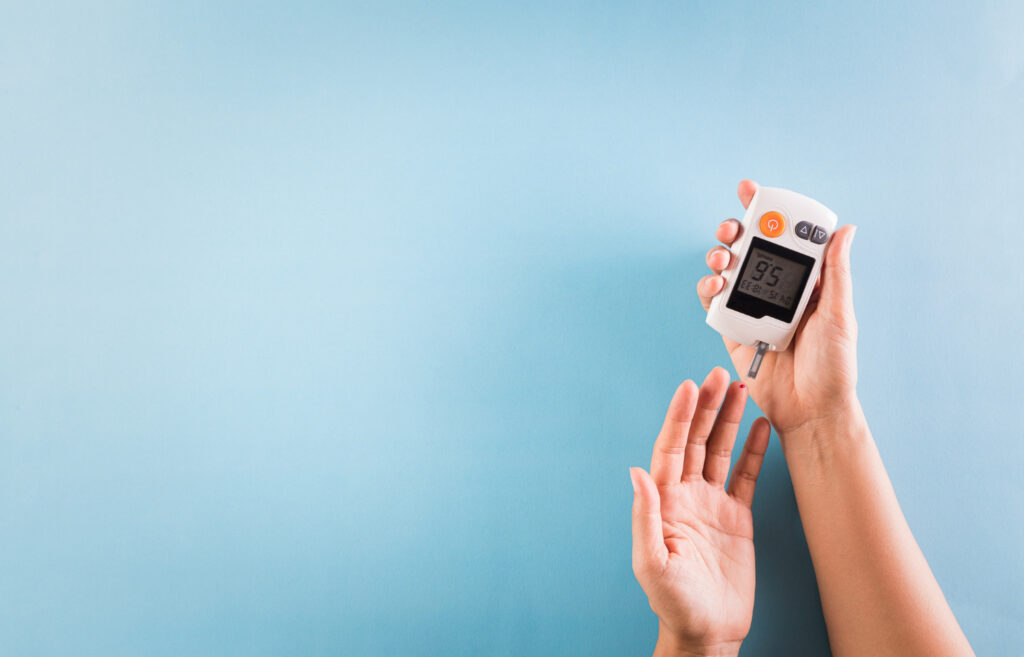9 warning signs of Type 2 Diabetes
Type 2 diabetes is a common condition that causes high blood sugar levels. Early signs of diabetes can include tiredness and hunger, frequent urination, increased thirst, vision problems, slow wound healing, and yeast infections.
If you experience possible signs and symptoms of diabetes, contact a doctor for an evaluation. The early detection and treatment of type 2 diabetes can improve a person’s quality of life and reduce the risk of severe complications.
It is important to have a support system of people who understand what it is like to have a diagnosis and live with type 2 diabetes. Sign up on DiagnoStar Health to speak with specialists and wellness experts.
9 warning signs of Type 2 Diabetes
1. Frequent urination
When blood sugar levels are high, the kidneys try to remove the excess sugar by filtering it out of the blood. This can lead to a person needing to urinate more frequently, particularly at night.
2. Increased thirst
The frequent urination necessary to remove excess sugar from the blood can result in the body losing additional water. Over time, this can cause dehydration and make a person feel more thirsty than usual.
3. Frequent hunger
People with diabetes often do not get enough energy from their food. The digestive system breaks food down into a simple sugar called glucose, which the body uses as fuel. In people with diabetes, not enough of this glucose moves from the bloodstream into the body’s cells. As a result, people with type 2 diabetes often feel constantly hungry, regardless of how recently they have eaten.
4. Fatigue
Type 2 diabetes can impact a person’s energy levels and cause them to feel fatigued. Diabetes fatigue occurs due to insufficient sugar moving from the bloodstream into the body’s cells.
5. Blurry vision
An excess of sugar in the blood can damage the tiny blood vessels in the eyes, which can cause blurry vision. This can occur in one or both eyes. High blood sugar levels can also lead to swelling of the eye lens. This can cause blurred vision but will improve when blood sugar levels reduce.
If a person with diabetes goes without treatment, the damage to these blood vessels can become more severe, and permanent vision loss may eventually occur.
6. Slow healing of cuts and wounds
High sugar levels in the blood can damage the body’s nerves and blood vessels, which can impair blood circulation. As a result, even small cuts and wounds may take weeks or months to heal. Slow wound healing also increases the risk of infection.
7. Tingling, numbness, or pain in the hands or feet
High blood sugar levels can affect blood circulation and damage the nerves. In people with type 2 diabetes, this can lead to pain or a sensation of tingling or numbness in the hands and feet.
This condition is known as neuropathy. It can worsen over time and lead to more serious complications if a person does not get treatment for their diabetes.
8. Patches of darker skin
Patches of darker skin forming on creases of the neck, armpit, or groin can also result from diabetes. These patches may feel soft and velvety. This skin condition is known as acanthosis nigricans.
9. Itching and yeast infections
Excess sugar in the blood and urine provides food for yeast, which can lead to infection. Yeast infections tend to occur on warm, moist areas of the skin, such as the mouth, genital areas, and armpits. The affected areas are usually itchy, but a person may also experience burning, skin discoloration, and soreness.

